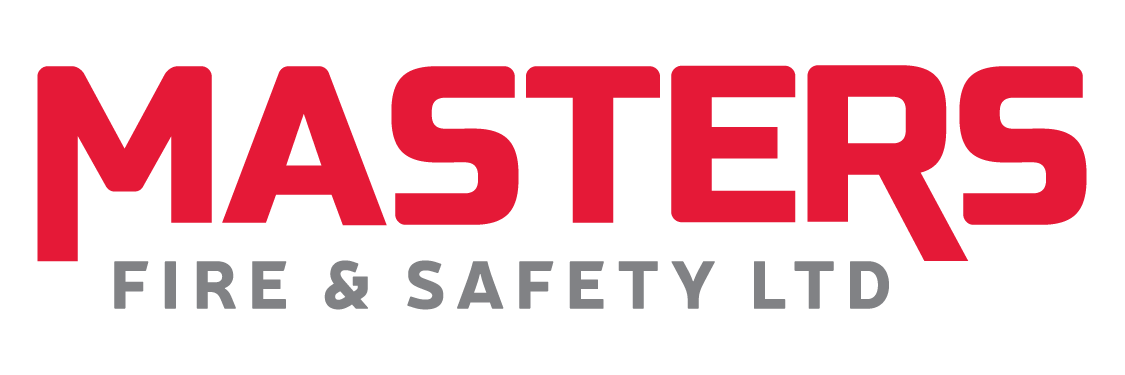NFPA 25 mandates the maintenance of fire suppression systems in good working order along with inspection, testing and maintenance records. Inspections are performed on an annual basis.
Examples of work performed during an inspection include:
-
- Identify potentially detrimental site conditions that could compromise the performance of mechanical and/or electronic components of the sprinkler system.
- Check for adequate coverage, clearance, and condition of all visible sprinkler heads to allow for proper distribution in case of activation.
- Verify that the sprinkler control valves are in the proper open or closed position. Also, make sure that they are in good condition, monitored/secured, accessible, operated through their full range of motion and that the appropriate signage is in place.
- Perform the required tests for each water flow or water pressure device.
- Complete main drain test on each system.
- Record the static and residual pressures to confirm there is no blockage in the supply line piping.
- Check the fire department connection caps, couplings, threads, and clapper.
- Check the valve and ball drip to verify their condition and ensure that the unit is not leaking. Also, ensure that there are no objects inside the fire department connection which could get pushed into the system.
- Inspect and test the fire sprinkler system’s alarm components to ensure that they are in working order and have the right alarm tie-in in case of activation.
- Verify the quantity and styles of spare sprinkler heads in the spare headbox.
- Confirm there are proper quantities of heads and appropriate wrenches located in the spare headbox.
- Inspect the general condition of visible sprinkler system piping, hangers, drain valves, gauges and related equipment.
- If applicable, inspect and test the operation of the dry system air compressor for proper activation and cut in /cut out pressure.
- If applicable, inspect the dry valve according to the manufacturer’s specifications, including internal inspection and cleaning of the valve body, clapper, latching mechanism, trim, and gaskets.
- If applicable, flow the system priming lines and clean all strainers thoroughly.
- Enquire about changes or modifications to the building status or the sprinkler system that may affect the performance or reliability of the system.
- Upon completion of the inspection and any necessary repairs, the appropriate inspection documents and deficiencies noted are left at the location and made available electronically.
- Tag all devices as required and perform required record keeping.

